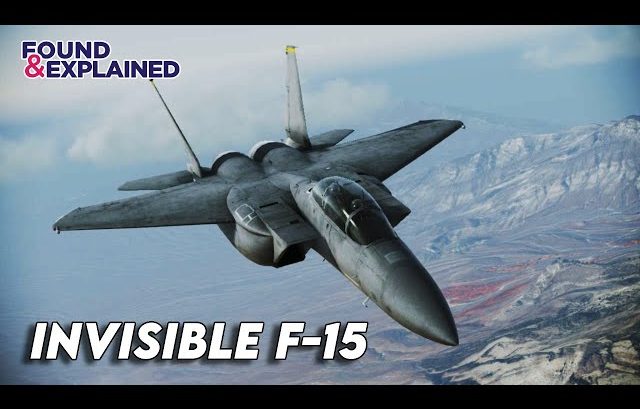The F-15 Eagle is an all-weather, highly maneuverable, and tactical fighter and has been the backbone of the US Air Force in one of the most potent aerial combat platforms in the world.
The Silent Eagle was to bridge the gap between the traditional 4th generation fighter designs and stealth.
History
The new F-15 is designed to be a dedicated fighter jet to counter the MiG-25 threat from the Soviet Union and dominate the skies. However, their previous assessment of the Soviet threat turned out to be inaccurate.
In 1976, Soviet Defector Viktor Balenko gifted the West one MiG-25, and a big relief. The plane wasn’t that scary, and the F-15 was far superior in every aspect.
Moreover, the MiG-25 was an interceptor, not a fighter. This also marked the beginning of a great and long career for the F-15.
F15E
The F-15 A, B, and later C and D variants respectively served as the main US air superiority or heavy fighter up until the 21st century. However, during the late 80s, a new variant, the F-15E opened a new door of options as a solid multi-role fighter.
In fact, the F-15E would be an invaluable asset in a lot of operations, including Operation Desert Storm, Operation Iraqi Freedom, and Operation Allied Force to name a few.
F-15C
The F-15C would be shadowed by the development in adoption by the US Air Force of the F-22 Raptor, the new king of the skies. Moreover, although a great jet, the F-15E had several issues with the new state of modern warfare.
One issue was its aging tech. Although still a great jet, the F-15 was developed back in the 80s, and due to an upgrade if Boeing wanted to offer it to international customers. Engineers came up with a surprisingly nimble and crafty solution. The result? The F-15 Silent Eagle.
Silent Eagle
Based on the production model of the F-15, at first look, there are no serious changes. However, the first thing that Boeing did was to replace the Conformal Fuel Tanks with Conformal Weapons Bay. Fuel was out, and firepower was in.
While it would keep the aerodynamic design the same as the proven 15E, it will help with the core issues the F-15 had. Another notable change was slightly incanted vertical stabilizers compared to the original design. The Silent Eagle will also be using RAM panels or panels coated with radar-absorbent material just like the F-22 and F-35.
Why We Didn’t Get It
While possibly the most advanced fourth-generation fighter ever built, why did we never get the stealthy F-15? While announced to the international market, several buyers immediately took great interest. South Korea was principally one of the main new customers for this jet but the negotiations fell through.
Back on the home front, the US Air Force didn’t want this new jet at the time because it was 2010 here, and no one could even think about replacing the F-22s just yet. After a couple more years, Boeing shelved the program, but they couldn’t quite let go. This led to the birth of something even better, the F-15EX Eagle II.



